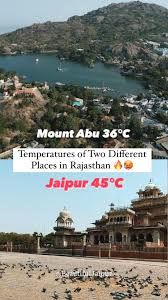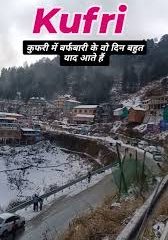Understanding Jaipur Temperature: Trends and Forecasts

Importance of Jaipur Temperature
Jaipur, the vibrant capital of Rajasthan, holds significant historical and cultural value in India. However, understanding its temperature trends is essential for both residents and tourists who wish to explore this enchanting city. The temperature significantly influences daily activities, outdoor events, and even the tourism sector, which is vital for the local economy.
Current Temperature Trends
According to the India Meteorological Department (IMD), Jaipur is currently experiencing relatively warm temperatures for this time of year. As of mid-October 2023, the daytime high averages around 33°C (91°F), while nighttime temperatures hover at approximately 20°C (68°F). During October, Jaipur transitions from the monsoon season to autumn, resulting in generally pleasant weather, making it an ideal time for tourism.
Seasonal Variations in Jaipur’s Temperature
Jaipur experiences three distinct seasons: summer, monsoon, and winter. The summer months, from April to June, see escalating temperatures that can reach as high as 45°C (113°F). The monsoon season, which lasts from July to September, brings lower temperatures but also considerable humidity. The winter months from November to February can be surprisingly chilly, with nighttime temperatures dropping to around 5°C (41°F). Understanding these seasonal fluctuations allows residents and visitors to plan activities accordingly.
Future Forecasts
The IMD predicts that as Jaipur moves deeper into autumn, temperatures will gradually decrease, with average daytime highs expected to settle around 30°C (86°F) by November. Nighttime temperatures may also drop, providing a much cooler environment conducive to outdoor activities and cultural events. Long-term forecasts suggest that climate change may lead to increasingly erratic weather patterns, prompting officials to revise preparedness protocols for heat waves and seasonal rains.
Significance for Residents and Tourists
For residents, staying informed about temperature trends is vital for health and well-being, ensuring they take necessary precautions during extreme weather conditions. For tourists, understanding the local climate aids in packing appropriate clothing and planning their itinerary. The favorable weather in autumn also enhances the experience of exploring Jaipur’s historical sites, such as the Hawa Mahal and Amber Fort, as well as participating in local festivals and fairs.
Conclusion
In conclusion, monitoring Jaipur’s temperature trends provides valuable insights for both residents and visitors. With the current warm conditions gradually transitioning into a more temperate season, it is an opportune time for people to enjoy what the city has to offer. Whether it is the majestic forts or rich cultural festivities, awareness of the weather can enhance the overall experience in this historical city.









